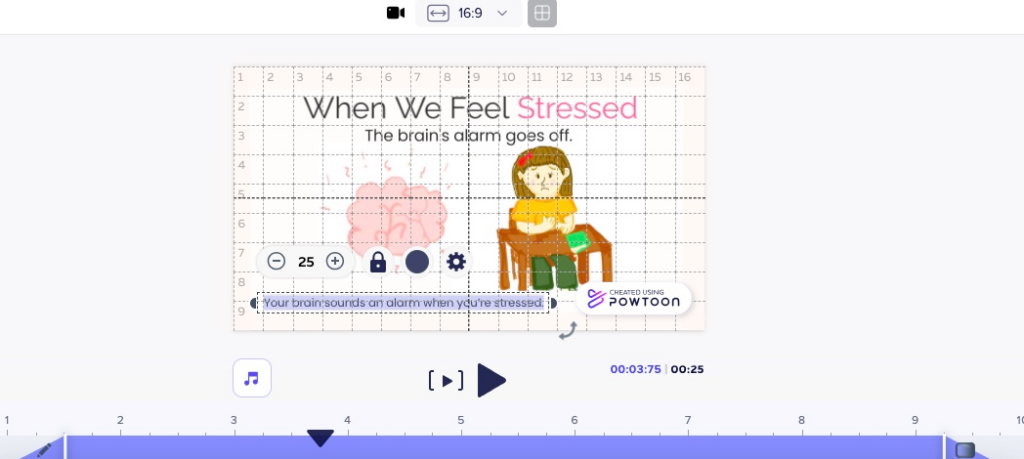Substantive Post #2: Reflection on the Design Process
When I think about the design process, I picture it as a loop rather than a line. Each stage, understanding, planning, trying, and reflecting, teaches me something new and reshapes what comes next. I’ve realized that design is less about reaching a polished endpoint and more about responding to feedback and discovery. The Double Diamond model from our course helped me visualize this pattern: the first diamond encourages open, divergent exploration, and the second guides convergence toward clear, purposeful choices. It connects closely with Backward Design, which reminds me to start with the end goal in mind – what I want the learner to understand, feel, or take away – before I get too caught up in the visuals.
Challenge A: Comics
In Challenge A, I designed a short comic to help children, especially those with developmental disabilities, recognize and express emotions. Using AI-generated imagery and colour, I explored how visual cues can communicate feelings. Through iteration, I simplified panels, adjusted pacing, and emphasized empathy over detail, which helped me learn that clarity and warmth reach young readers more effectively than complexity.
Challenge B: Videos
That learning flowed directly into Challenge B, where I’ve been layering movement, sound, and timing into the design process. Using Powtoon and my iPad drawings, I’ve been building short mindfulness videos inspired by Headspace and ASAPScience. I’m also learning the practical side of design—editing animations, drawing scenes, and managing files across multiple devices and workflows. Now that I’ve received peer feedback on my prototype, I plan to refine my visuals, narration, and pacing further. Each round of revision feels like an opportunity to grow both creatively and technically, turning experimentation into confidence and curiosity.
To visualize part of my creative process, the screenshot below captures an early stage of my video prototype, where I combined my own drawings with timing, narration, and accessibility features using Powtoon.

One Comment
Comments are Disabled
Hey Kate! I really liked reading your reflection on the design process. I thought it was really creative how you described it as a loop instead of a straight line. It makes a lot of sense how you connected the Double Diamond model with Backward Design since both focus on exploring ideas first and then narrowing them down with a clear purpose in mind. I liked how you mentioned that design isn’t just about getting to a perfect endpoint but about learning and improving through feedback.
Your Challenge A reflection was really meaningful, especially how you used your comic to help children with developmental disabilities understand and express emotions. Simplifying your panels and focusing on empathy over detail showed a strong understanding of clarity and connection with your audience.
For Challenge B, I liked how you applied what you learned from Challenge A and used it to design mindfulness videos. It’s great how you’re combining creativity with practical skills like editing and file management. You could maybe expand a bit on how feedback shaped your revisions, but overall, your reflection showed a strong sense of growth and purpose. I can tell you’re really developing your design voice and confidence!